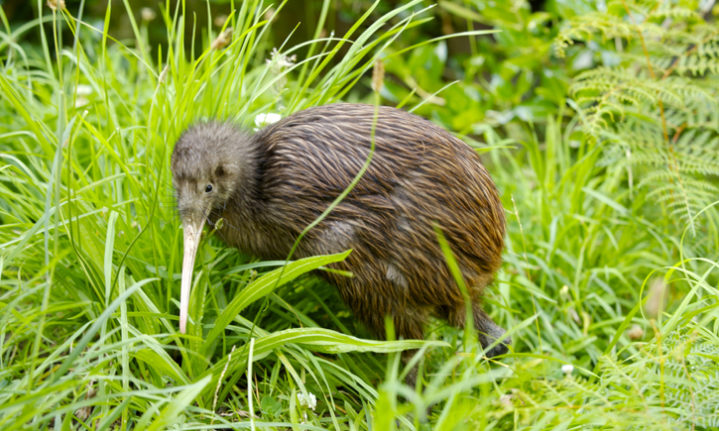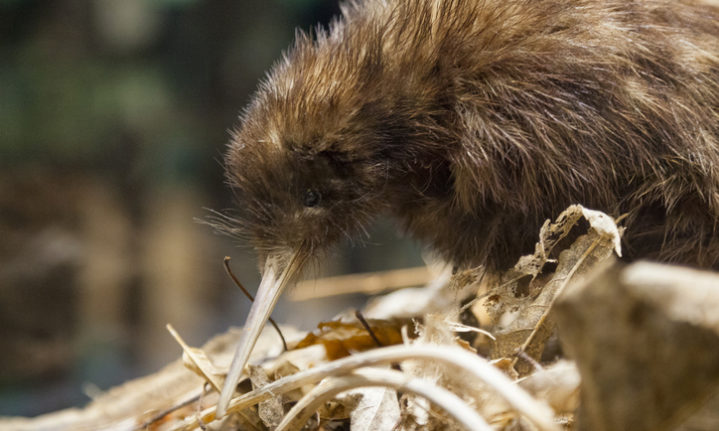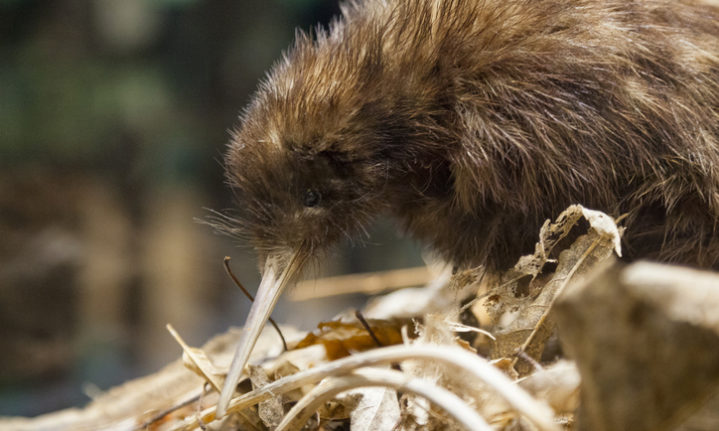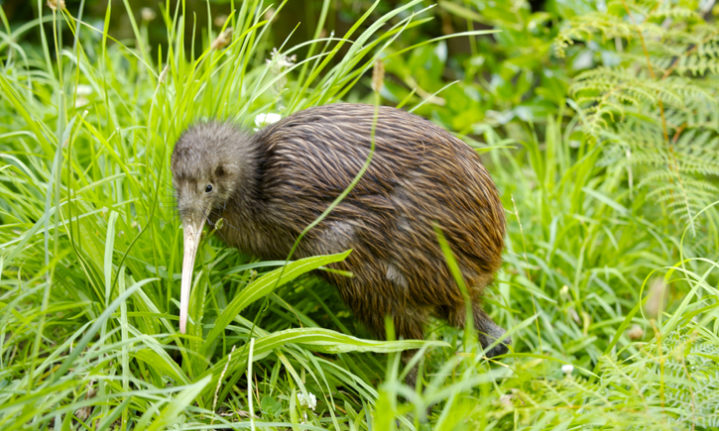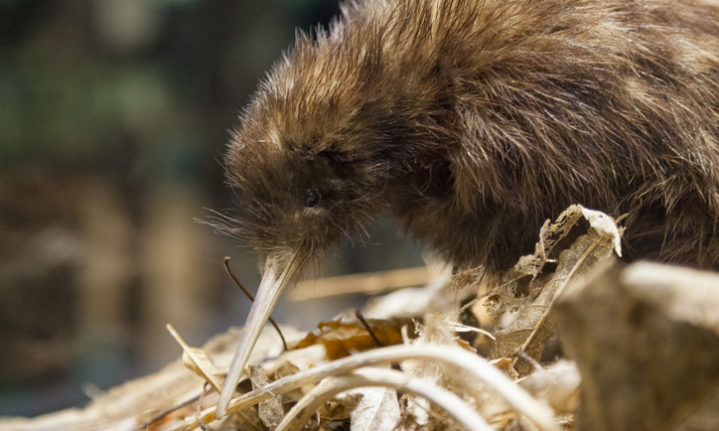New Zealand’s kiwi birds have been sighted in Wellington for the first time in one hundred years after a drive to stamp out invasive predators from the area.
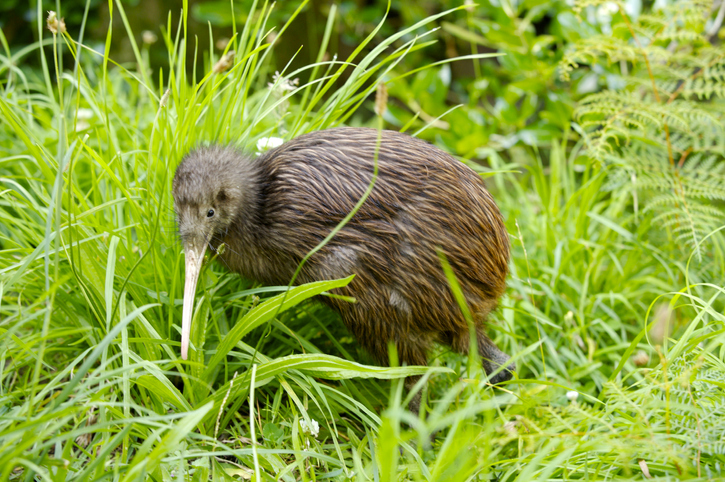
Kiwi at the Wellington Zoo, New Zealand, Wellington, North Island. Photograph: Getty Images
A millennium ago, New Zealand’s islands would have been home to many birds that didn’t know mammalian predators existed. But the arrival of Polynesian voyagers in the 1200s and Europeans a few centuries later changed that.
And other animals kept eating all their food, including rabbits that chowed down on meadows and paddocks. The stoats introduced to kill the rabbits ended up killing the birdlife.
As a result, native flightless birds such as the kakapo and kiwi plummeted.
The Department of Conservation estimates around 70 000 wild kiwis in New Zealand. And few locals have seen this national treasure in the wild.
But its population is increasing again thanks to more than 90 community initiatives working nationwide to protect it. One example is the Capital Kiwi Project, a charitable trust backed by millions of dollars from government grants and private donations.
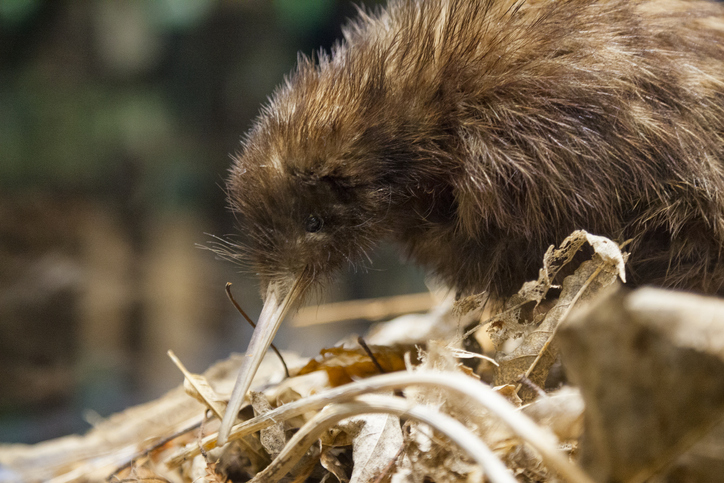
Close up of a kiwi bird, a flightless bird endemic to New Zealand. Photograph: Getty Images
‘Ever since people came to New Zealand, we have had a special connection to the kiwi,’ founder and project leader Paul Ward told AFP.
‘They are central to Maori myth. Our sports teams, rugby league teams, our defence force and, even when we go overseas, we are known as kiwis.
‘They are tough, resilient, adaptable, all values New Zealanders share, but most of us have never seen a kiwi before.’
The bid to save them required a sustained conservation effort involving eliminating the kiwi’s natural enemies. For example, laying a network of 4 500 traps over an area equivalent to 43 000 soccer pitches on the hills surrounding Wellington that has so far claimed 1 000 stoats.
Regular monitoring has revealed the first wave is thriving, and the project aims to release 250 birds over the next five years to establish a large wild kiwi population.
‘Two months after we released the birds, we were ecstatic to discover they had gained weight,’ Ward said.
‘One had put on 400 grams – that’s a considerable weight gain even for a human over Christmas or Easter. There’s plenty of food for them on these hillsides.’
Follow us on social media for more travel news, inspiration, and guides. You can also tag us to be featured.
TikTok | Instagram | Facebook | Twitter
Also watch: African grassroots leaders dominate the 2023 Whitley Awards









